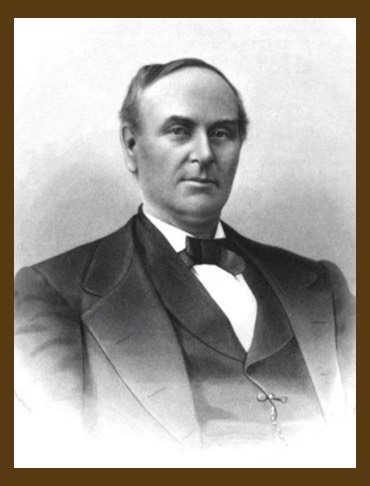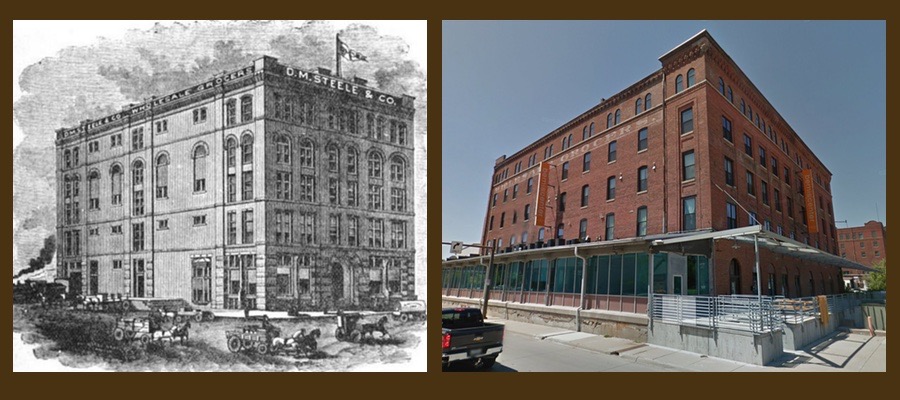Dave Lovewell couldn’t have been nicer about it. In fact, he tried to take the blame for somehow misleading me, even though he hadn’t.
What I indicated, several days back, was that Dave had bought a plot of ground at the north end of Switzer’s Gap once owned by Thomas Lovewell. It was a careless way of leading into the real meat of the story, that the then-deceased Thomas was targeted in a lawsuit over the land in 1933. The problem with my phraseology is that Thomas never owned the land - in fact, the complaint lodged against him by a mortgage-holder was that although he had no legal right to it, he was acting as if he owned the place.
The defendant Thomas Lovewell now occupies and is in actual possession of the above described real property and claims some interest as tenant or otherwise, the exact nature of which claim or claims the plaintiff does not know, but alleges that he is entitled to have discovery made herein of any claims made by said defendant Thomas Lovewell, and this plaintiff states that any claims made by said defendant Thomas Lovewell may have in and to the above described real property are junior to the rights and claims of this plaintiff.
Dave’s own explanation is that either the defendant was a much younger and still-living Thomas Lovewell, or that the old pioneer may have held an unrecorded second mortgage on the property and had tried to get some value out of it. Dave reports that Thomas’s son-in-law Walt Poole was mentioned in a similar suit filed in 1907, and that in the 1933 case “the sheriff was directed to issue a summons to Thomas Lovewell but I doubt that he got much of a response.” This was the discovery phase of the suit, and one of the mortgage company’s discoveries may have been the fact that Thomas Lovewell had ceased to be a player in the real estate market on 23 March 1920.
What I found most intriguing about the legal actions concerning Section 20 in Switzer’s Gap was the timing of the filings. 1907 saw a depression take root in the summer, followed by a panic on Wall Street that autumn. 1933 was the year the Emergency Farm Mortgage Act was passed to deal with a rising tide of defaults on farm mortgages. It led me to wonder if there might someday be a master’s thesis entitled “Township 2 South, Range 6 West of 6th P. M., Section 20: Bellwether of America’s Economy.”
Dave tells me that the first private owner of the land was Dudley M. Steele of Buchanan County, Missouri, who snapped up over 100,000 acres in 1868, paying the standard rate for land purchased from the government - $1.25 an acre. This was acreage that had been placed off-limits from the generous terms of the Homestead Act, in case it was needed to finance the building of railroads. Although Dudley Steele would soon become President of the St. Joseph & Denver City Railroad, he did not hold that position until 1870, and seems to have bought the 100,000 acres on his own behalf, a straightforward means of tripling a hefty investment.
Dudley Mitchum Steele was born in either 1820 or ’21. His mother died when he was a child, and he was all of sixteen when he buried his father and began to support himself as a clerk in a dry goods store in Lexington, Kentucky. Compelled to head for Missouri by declining health, he arrived in St. Joseph when it was still known as Robidoux Landing. Lured further west by news of gold strikes he embarked by wagon for California in 1850, making his headquarters there for the next few years, traveling back and forth several times between California and St. Joseph, often making the eastward leg through the Isthmus of Panama or Nicaragua.

Steele’s rise to wealth and prominence as a stockman, grocery magnate and politician was offset by personal loss. His first wife, Mary Mitchum, died a year into their marriage, shortly after giving birth to a daughter. His second wife, Eliza Smith May, gave him a son, but died after three years of marriage. Dudley Steele’s third wife, Minnie Withers, died in 1894, only two years before her husband’s death from exhaustion after a case of la grippe, leaving behind a son and two daughters.
There are numerous accounts of Dudley M. Steele’s life, some of them differing slightly concerning the names of his brides, their longevity, and the number of children attributed to each. The brief outline I’ve included here is by no means conclusive, but only represents a middle ground, giving extra weight to publications that appeared during Steele's lifetime. Findagrave.com lists only two presumed children for him, a boy and a girl by his third wife, neither of whom lived to adulthood, but this is a minority opinion. There are even conflicting accounts concerning the number of treks Steele made between California and Missouri, a figure sometimes given as either three or seven.
To confuse matters more, googling his name yields the story of another Dudley M. Steele from Omaha, also said to be a respected grocery tycoon, who was jailed briefly in 1898 after his wife Hattie, according to his testimony, suddenly pulled a gun and put a bullet through her brain during a marital altercation. The death of Steele’s wife seemed a touch too convenient to authorities, who had nothing against the bereaved husband but their own suspicions and had to let him go.
There was also a Dudley M. Steele, Jr., an aviator who died in an airplane crash during World War II. He was born a few years before the death of the man who bought Section 20 in Switzer’s Gap, but could have been a son of the one who was jailed on suspicion of murder in Omaha, although I don’t think he was a direct descendant of either one. The Dudley M. Steele who once owned part of Switzer’s Gap, was also partner in a firm that established a wholesale grocery warehouse in Omaha, but may not have been related to the other Dudley M. Steele, who also had a grocery business in Omaha, and at the very least, argued with his wife until she blew her brains out.

A book about Omaha contains an engraving of the building owned by the D. M. Steele who also owned Section 20 and a whole lot of other sections of land in Jewell County. Since a member of my family recently moved to Omaha I was tempted to ask her to scout the corner where the Steele building once stood. Instead I just hopped onto Google Street Maps and had a look for myself. The building still stands, continues to be a going concern, and still catches the afternoon light the same way it did when an artist sketched it in the 1890’s.
Section 20 of Switzer’s Gap is also still in use, and I understand that a piece of it changed hands recently. As for the various Dudley M. Steeles and their marital complications - I think I’ll just tiptoe away from that one.